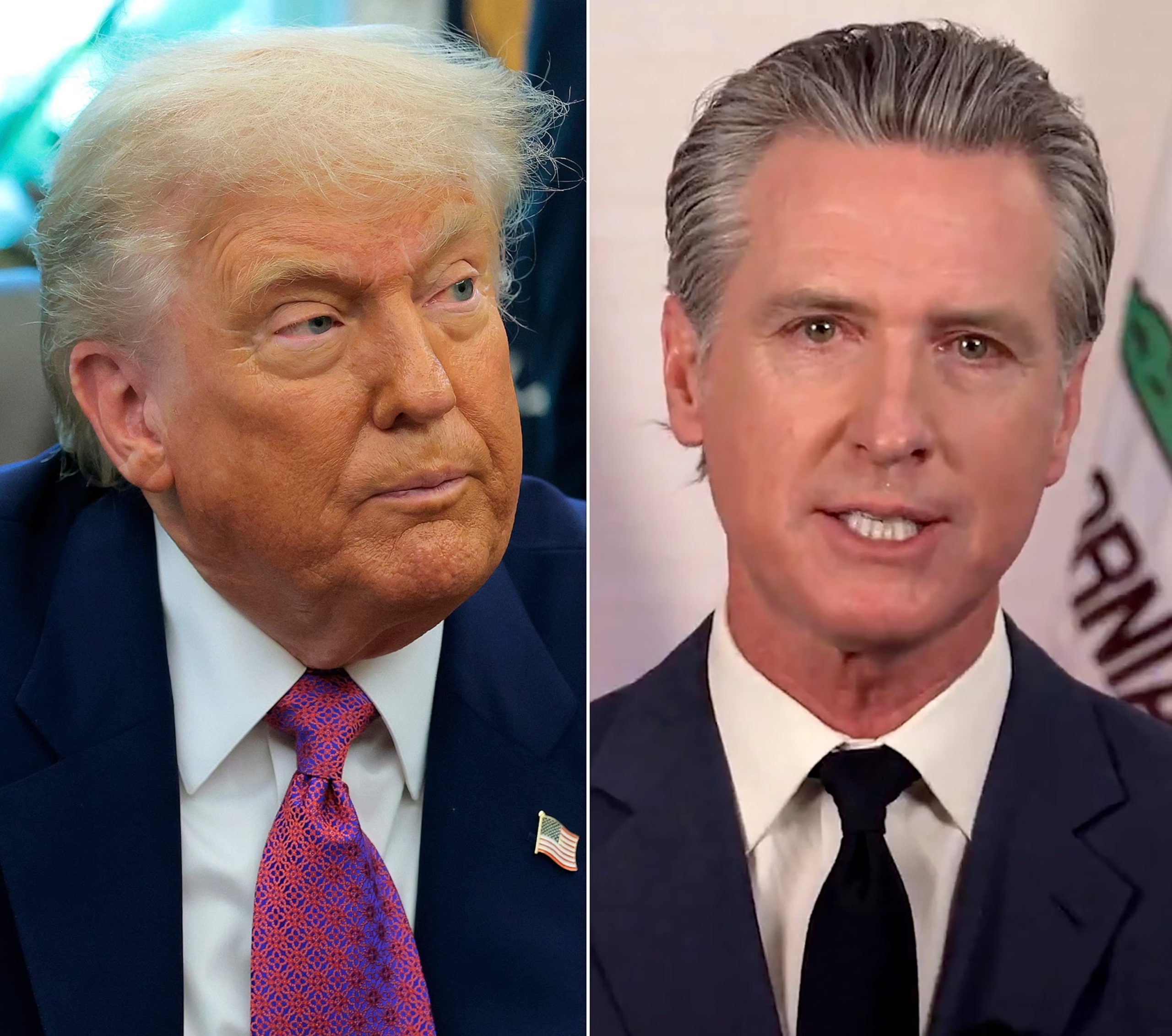A federal judge has ruled that President Donald Trump acted outside his authority when he ordered National Guard troops into Los Angeles. The court found that the deployment broke federal law and the Constitution’s Tenth Amendment, which reserves state militia control to the states. The ruling came after a lawsuit by California Governor Gavin Newsom and Attorney General Rob Bonta challenged the move as unlawful.
Legal Basis for Deployment
In his memorandum, President Trump cited Title 10 of the U.S. Code, Section 12406, as the source of his power to call up the California Guard under federal status. That law lets the president use Guard forces in cases of “rebellion or danger of rebellion” against the United States. The White House argued that protests against Immigration and Customs Enforcement in Los Angeles qualified as a threat to federal rule. Legal experts disagreed. Georgetown law professor David Cole said it was “plain protest,” not armed rebellion, and that protests in a free society do not meet that standard.
Title 10 also requires the president to order Guard activation through the state governor. Governor Newsom said the White House never contacted him. This step protects state authority and ensures Guard forces remain under local control unless a serious crisis demands federal command. Critics argued the move ignored this requirement and undercut the rule of law.
Constitutional Challenge
U.S. District Judge Charles Breyer issued the order to stop the deployment late Friday. He wrote that the president’s actions “exceeded the scope of his statutory authority and violated the Tenth Amendment.” The judge noted that the Constitution does not give the president power to seize state forces without state approval. He rejected the Justice Department’s claim that the courts cannot review such deployments, saying that no office is above the law.
During the hearing, Judge Breyer held up the Constitution and reminded both sides that the document limits even the president’s power. He said that enforcing those limits is what “sets our republic apart from other systems of rule.” He gave clear instructions: California must regain control of its Guard units by noon on Friday. The administration filed an appeal to the Ninth Circuit Court of Appeals the next day.
Governor Newsom’s Lawsuit
Governor Newsom filed his suit on June 9, 2025. He challenged President Trump, Defense Secretary Pete Hegseth, and the Defense Department. The complaint argued no real rebellion existed in Los Angeles. It also said the federal move drained state resources needed for fires, earthquakes, and other emergencies. Rob Bonta told the court that California must have the Guard ready for true crises, not sent away for political reasons.
Newsom called the president’s order “a dangerous step toward unchecked power.” He said the ruling was “a victory for the rights of every state in the Union.” His team asked the court to bar any similar orders in the future. They argued the judge’s decision protects the balance between federal and state powers.
Political Reaction
The White House defended the order as a response to growing unrest in Los Angeles. A senior administration official said the use of Guard units was meant to secure public safety. But critics in both parties raised alarms about using federal troops for civilian protests. Several members of Congress issued statements warning that such steps could erode trust in government.
Civil rights groups praised the judge’s decision. They said the case affirms that peaceful protest cannot be treated as rebellion. Some legal observers noted the ruling may set a key precedent on how and when the federal government can use military forces on U.S. soil.
Next Steps
With the Ninth Circuit appeal pending, California now controls its Guard units again. Both sides have asked the higher court to move quickly. The outcome could shape future limits on presidential power. For now, the ruling marks a clear check on federal reach into state matters and reinforces the role of the courts in guarding the balance of power.

